Fuel prices play a major role in economy of a country, affecting everything from transportation costs to trade and daily expenses. Now as we enter 2025 understanding where fuel remains cheapest is more relevant than ever. While many countries face high fuel costs some still offer very cheap fuel because their government provides subsidies as they have plenty of oil or they follow special economy policies.
Different countries such as Venezuela, Iran, and Libya have long dominated the list of cheapest fuel price as their govt aimed at reducing costs for citizens.
Meanwhile major oil producing countries like Saudi Arabia, Kuwait, and Algeria use their large oil reserves to keep oil prices low in their countries.
However low fuel prices put pressure on government budgets and it harms the environment due to high fuel use. Changes in geopolitics, currency values, and energy policies could affect fuel prices in the future.
Now let’s check out the top 10 Countries with Lowest Fuel Prices in the world in 2025.
1.Iran
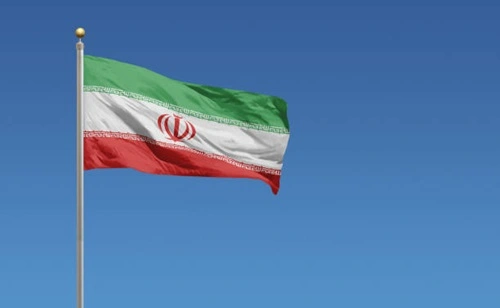
Iran maintains the world’s lowest petrol price at approx $0.029 liter. This is achieved through substantial government subsidies, despite international sanctions which affect their oil exports. The Iranian govt prioritizes affordable fuel to support its citizens and economy. However these subsidies create financial problems, especially with international sanctions and economic struggles.
2. Libya
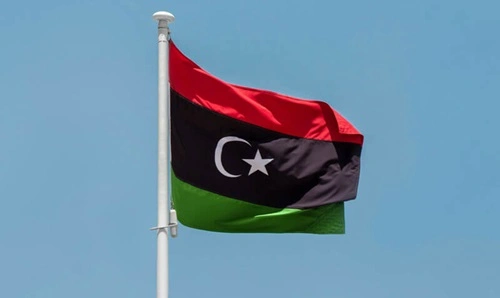
In Libya you will get petrol at $0.031 per litre, making it the world’s second cheapest. The country’s vast oil reserves and subsidies help maintain low fuel prices. Despite different domestic problems, instability Libya uses its oil resources to keep fuel price low for its people.
3. Venezuela

Venezuela offers petrol at approximately $0.035 per litre capitalizing on its vast crude oil reserves. Historically the government has heavily subsidized fuel to make it virtually free for its citizens. In recent years Venezuela has faced economic turmoil like high inflation and lower oil production, causing fuel shortages and rationing even with lower price.
Its economy depends on oil exports making it unstable when global oil prices change.
4. Angola
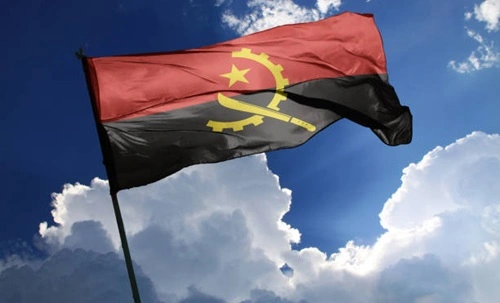
In Angola petrol is priced around $0.0328 per litre. As one of Africa’s leading oil producers Angola benefits from substantial oil revenues. As a result government can subsidize fuel costs. These subsidies aim to make oil more affordable to general public and support economic activities. However Angola faces economic inequality and overdependence on oil.
5. Egypt
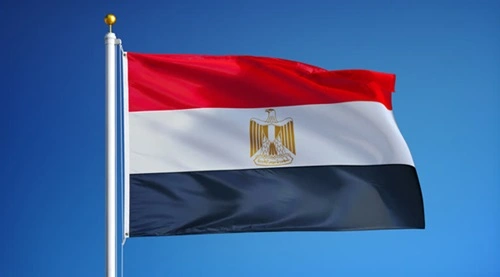
Egypt maintains petrol prices at around $0.336 per litre. The government has reformed the economy by changing the fuel subsidies to manage the economy in a better way.
Despite subsidy cuts the government keeps fuel affordable to maintain stability and public support. Egypt’s strategic location and its investment in energy sectors have made it a regional energy hub.
6. Algeria
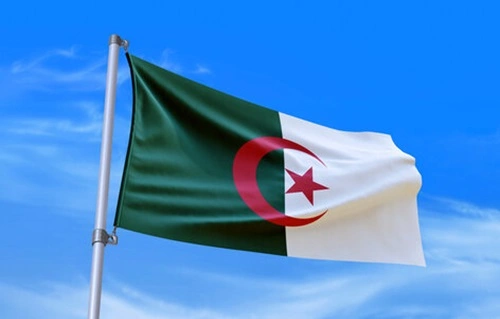
Algeria offers petrol at about $0.340 per litre, making it one of the most affordable fuel providers globally. As a major oil and gas exporter, Algeria uses its revenue to provide subsidies and keep fuel prices low. However Algeria’s economy depends on oil and gas making it risky when price change. Low oil prices can hurt Algeria’s finances and cause economic instability. Despite efforts to diversify the country still relies heavily on fossil fuel exports, creating long term risks.
7. Kuwait
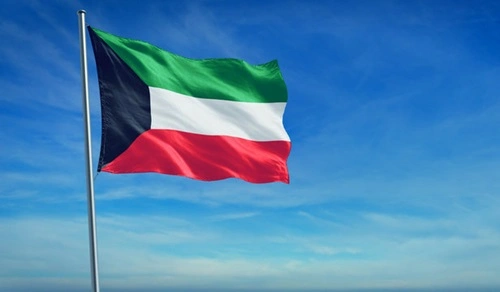
Kuwait sells petrol for approximately $0.341 per litre. With large oil reserves and low extraction costs, Kuwait offers fuel subsidies as part of its social welfare programs. These subsidies help citizens and businesses by keeping transportation and energy costs low. However Kuwait’s economy is highly dependent on oil revenues making it susceptible to external market shifts. In past few years the government has considered reducing subsidies to ease financial pressures but is still focused on keeping fuel affordable for its people.
8. Turkmenistan
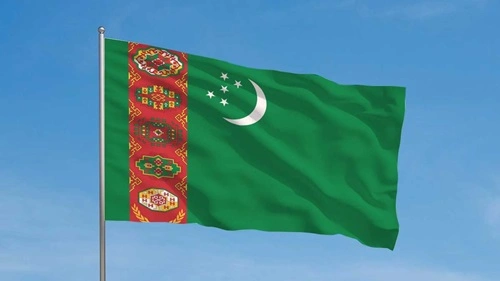
In Turkmenistan petrol is priced at about $0.428 per litre. The country has large oil reserves, enabling the government to control fuel prices and keep them affordable for citizens. The government has historically provided free or highly subsidized fuel to residents as part of its state controlled economic model. However economic struggles and international isolation have led to concerns about the sustainability of these subsidies. Turkmenistan focuses on keeping energy cheap, but inflation, low economic diversity and limited trade hurts its long term stability.
9. Malaysia
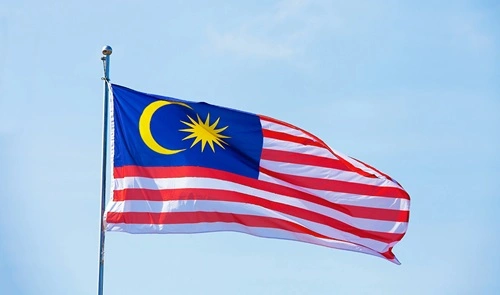
Malaysia offers petrol at approximately $0.467 per litre, benefitting from its status as a net oil exporter. The government implements fuel subsidies to keep energy costs low helping both consumer and businesses. This policy boosts economic growth and energy efficiency reducing transportation and logistics costs. However Malaysia has been gradually adjusting its subsidy program to better manage government spending. The country is also investing in renewable energy sources to reduce dependency on fossil fuels ensuring long term energy security while keeping fuel prices competitive.
10. Kazakhstan
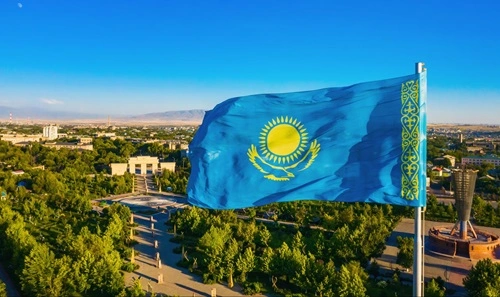
Kazakhstan maintains petrol price at around $0.473 per litre. As one of Central Asia’s largest oil and gas producers, the country benefits from substantial domestic production. The government regulates fuel prices to ensure affordability while balancing economic sustainability. It has also invested in refining capacity to reduce dependency on imported fuel making it more self sufficient. However currency fluctuations, regional political tensions and shifting global oil prices pose risks to its energy affordability. While efforts are being made to energy sectors maintaining low fuel costs remain a key priority for the government.
Conclusion
These countries manage to keep petrol prices low through a combination of natural resource and government policies. Subsidies play a crucial role in ensuring affordable fuel benefitting citizens and businesses. However maintaining these low prices comes with challenges including economic sustainability, political pressures and environmental concerns.